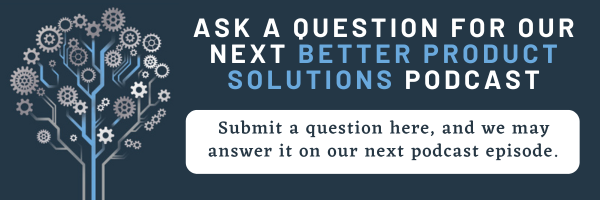In this episode, we spoke with
Steve Brabbs, Product and Application Development Leader/IP Manager at
DuPont.
We discussed Tyvek’s unique properties, uses, and DuPont’s sustainability initiatives. He also shared how DuPont collaborates with innovators and converter networks. Watch The Video
Listen to the Audio
Conversation Overview
- Steve Brabbs is DuPont production and application technology leader and intellectual property manager. He has a Ph.D. in organic chemistry.
- He has been with DuPont for 34 years. His work focuses on Tyvek and its uses.
- Tyvek is high-density polyethylene with a unique structure. It comes in a specific shape and a range of fiber sizes connected to form a sheet structure.
- This unique structure creates a lightweight, strong, and breathable material that is a barrier against water, dust, dirt, and particles.
- Because of these properties, Tyvek has many applications, such as making sheets that protect the interior of buildings if there’s a gap. The interior stays dry, but moisture vapor can escape so the timber doesn’t rot.
- Tyvek is used in “suits” worn in industrial environments where people work with hazardous materials. Because Tyvek is breathable, the suits are comfortable for all-day wear.
- Tyvek is also used to package medical materials. Once sterilized, it keeps contaminants out until a medical professional opens it. For this use, the Tyvek has a sealant coating.
- DuPont is working towards more recyclable packaging for a more sustainable supply chain. The goal is for the entire package to be recyclable in one material stream.
- Tyvek is inherently sustainable because it’s made of highly recyclable polyethylene. Because it’s lightweight, you can use and transport less material and use less fuel for a smaller carbon footprint.
- Eventually, DuPont wants to use more recycled carbon in Tyvek. The company’s Luxembourg site recently received ISCC PLUS, a voluntary sustainability certification. Steve said DuPont hopes their Richmond, VA, site will be certified in 2024.
- Some food safety packaging uses Tyvek. Companies are considering it for food-safe labels that change color if food isn’t safe to eat.
- As an engineer who wants to incorporate Tyvek into a design, Steve advises engineers who incorporate Tyvek into their designs to have realistic expectations about the material’s capabilities. For example, it can’t be transparent.
- In addition, companies must ensure they are compliant with industry regulations. DuPont has extensive knowledge of regulations and testing capabilities to ensure you use the correct type of Tyvek for your specifications.
- In conclusion, Steve noted that DuPont loves collaborating with innovators and converters, such as Tapecon. Tapecon provides personalization, branding, or special coatings.
